Curcumin
Curcumin is a bright yellow chemical produced by plants of the curcuma longa species. It is the principal curcuminoid of turmeric (curcuma longa), a member of the ginger family, zingiberaceae. It is sold as an herbal supplement, cosmetics ingredient, food flavoring, and food coloring.
Chemically, curcumin is a diarylheptanoid, belonging to the group of curcuminoids, which are phenolic pigments responsible for the yellow color of turmeric.
Send Enquiry
Curcumin is a bright yellow chemical produced by plants of the curcuma longa species. It is the principal curcuminoid of turmeric (curcuma longa), a member of the ginger family, zingiberaceae. It is sold as an herbal supplement, cosmetics ingredient, food flavoring, and food coloring.
Chemically, curcumin is a diarylheptanoid, belonging to the group of curcuminoids, which are phenolic pigments responsible for the yellow color of turmeric.
Related Products
-
Get Quote
Ginkgo Biloba
Ginkgo biloba, ginkgo is a large tree with fan-shaped leaves the leaves are commonly included in supplements and taken by month for memory problems,its seems to improvr blood circulation,and might also actas antioxidant to slow down changes in the brain.
-
Get Quote
Lutein Marigold Extracts
Lutein marigold extracts is a genus of about 15–20 species of annual and perennial herbaceous plants in the daisy family asteraceae that are often known as marigolds. They are native to southwestern asia, western europe, macaronesia, and the mediterranean. Other plants are also known as marigolds, such as corn marigold, desert marigold, marsh marigold, and plants of the genus tagetes.

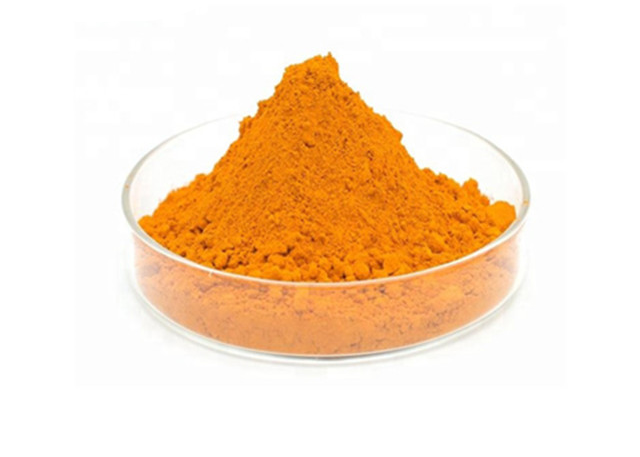
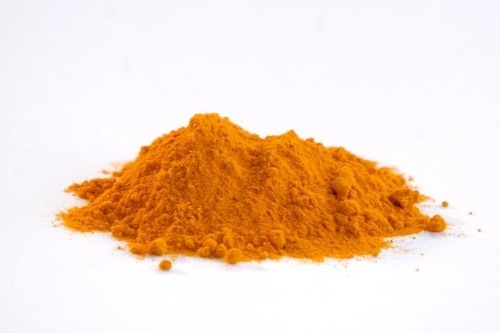
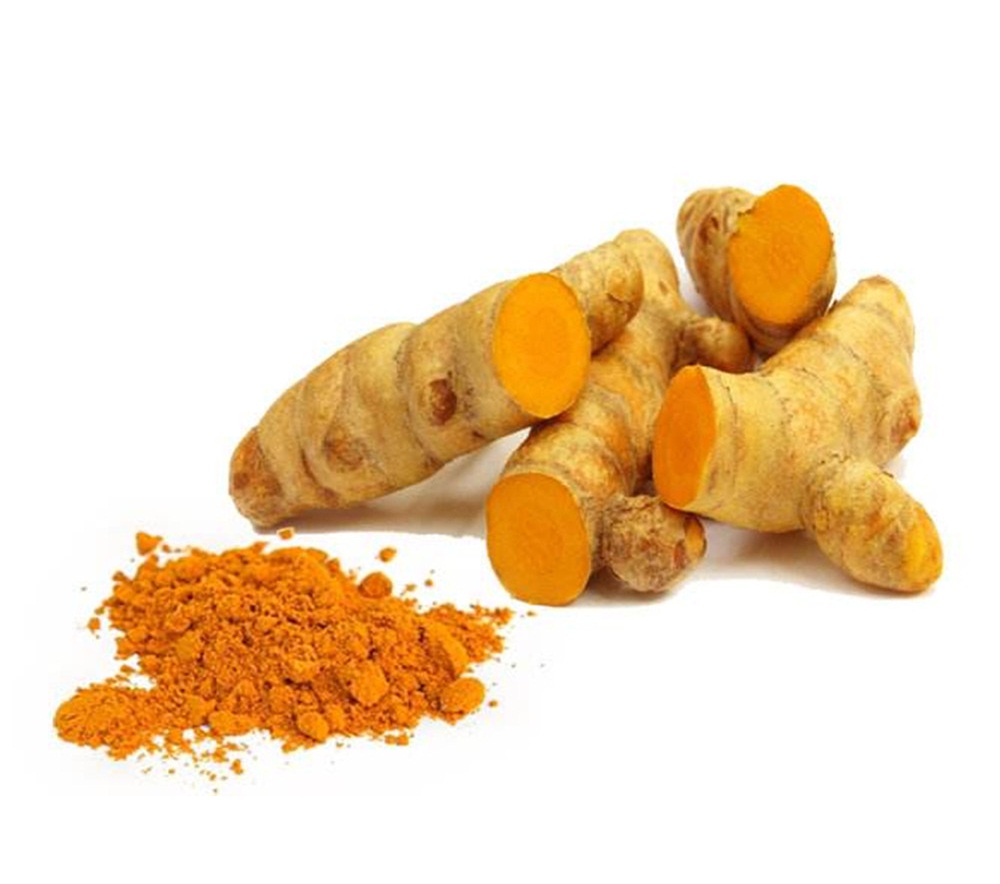
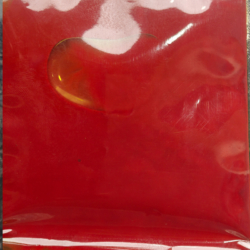
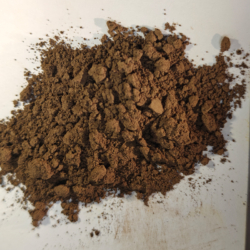
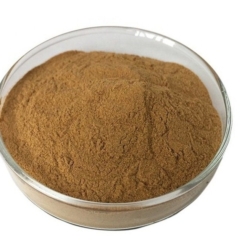
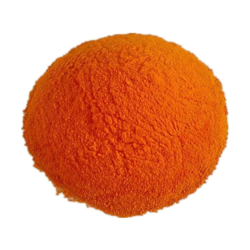
Reviews
There are no reviews yet.